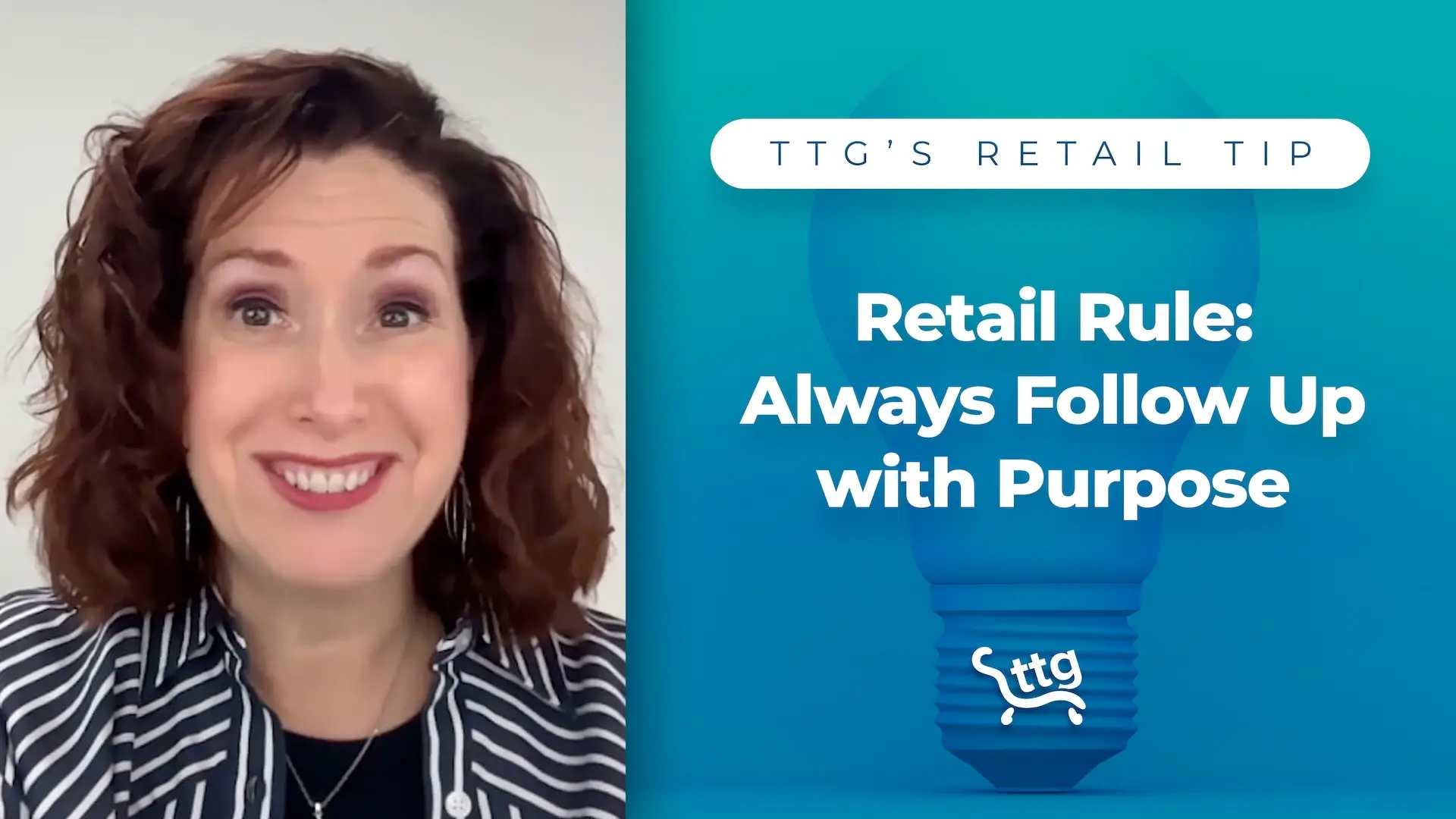Key Takeaways:
The “what,” “where,” and “why” of search should inform your business’s search strategy.
More consumers, especially younger ones, are using social media as a search engine.
Optimize your content and regularly review your metrics on each platform.
Search strategy has to do with how consumers find your business. And, since consumers are always changing, so are search trends.
As a small business leader, it’s important to flex your digital search strategy according to consumers’ current habits. Join us as we take a moment to explore what, where, and why people search. We’ll also share some tips for optimizing your content so it’s more visible to your target groups.
Most people undervalue where social media is in creating a search strategy. Most people think about their social media and do not think that they’re being found through social media search.
3 Questions That Should Inform Your Digital Search Strategy
There are three top questions to ask as you shape your business’s digital search strategy:
1. What do people search?
When consumers are browsing for something online, there are multiple things they’re searching for. They could be hunting for certain phrase or song lyrics. Images and video are two other popular things people browse for. Information, directions, and places to go are a few other topics that drive digital search.
2. Where do they search?
There are multiple places for consumers to search for the content, information, and products/services that they need. Search engines like Google and Bing are one of the most obvious places people turn to.
But social media platforms are increasingly being used as search engines in and of themselves. According to recent internal data from Google, nearly 40% of Gen Z prefers using TikTok and Instagram for search rather than Google. Most people undervalue where social media is in creating a search strategy. When they think about their social media, they don’t think that they’re being found through social media search. (And that’s exactly how they’re being found, especially by younger consumers!)
Destination sites are another popular place to search for products, services, and information. If you’re not familiar with the phrase “destination site”, it simply means a hub website that people go to first for information on a certain topic, knowing they’ll find helpful links to relevant topics on other websites. Amazon, TripAdvisor, Pinterest, and Reddit are just some examples of destination sites.
According to recent internal data from Google, nearly 40% of Gen Z prefers using TikTok and Instagram for search rather than Google.
3. Why do people search?
As business owners, it’s vital to remember why customers are searching for something online. This is sometimes referred to as “search intent”. These are just some of the common reasons that inspire people to perform a digital search: curiosity, education, inspiration, research, desire, and need. (Take a minute to review your recent browser history; you might be surprised at how many of your search queries fall into those categories!)
Tips for Optimizing Your Business’s Content
So, how do you optimize your business’s content in light of consumers’ current digital search behaviors? Is there a way to increase your content’s visibility so that it can be found via social platforms, not just conventional search engines and destination sites?
For starters, it’s crucial to understand the search criteria that each social platform offers. If you’re on Facebook, for instance, you can search by people, posts, photos, videos, business pages, places, groups, and events. Whereas if you’re on Instagram, you can search for content by keyword, hashtag, other accounts, audio, tags, and places. Whatever social channel you want to leverage, make sure your content is optimized so that it can be easily found on that platform.
There are some simple steps you can take to ensure that consumers find your content easily via social media platform and search engine searches. For social media queries, it’s vital that you optimize your business’s visuals and captions. You also want to be thoroughly familiar with each platform’s tools and how to make the most of them.
For search engine queries, prioritize an optimized website. And stay up to date on Google’s best practices for optimization. A good place to start is grasping the EEAT acronym, a simple reminder of four of the top qualities Google’s search engine values when ranking sources in the SERP: experience, expertise, authoritativeness, and trustworthiness.
A Reminder to Track Your Traffic
Your data is another tool to rely on when determining if you need to readjust your digital search strategy and revamp how you’re optimizing your content. Consumer behaviors will only continue to shift in the future.
We encourage you to review the metrics provided by each platform. For instance, Pinterest lets you track how many outbound links you have for one of your pins and Instagram lets you know how many people access your website via a Linktree link. This will help you track your marketing goals on each platform.
And evaluate your website’s metrics. Your data will let you know how consumers are discovering your site. If the metrics are saying that Facebook is bringing in more traffic than LinkedIn, for example, it might be time to focus on that platform at least in the short-term.
Modern Marketing for Your Modern Audience
Need help bringing your marketing methods into the 21st century? Technology Therapy® Group is here to help with coaching sessions and on-demand trainings. Get up to speed on the latest social media platform updates. Then check out these three on-demand courses to sharpen your SEO, website optimization, and Instagram know-how!
Got More Marketing Questions?
If you still have questions about digital search or optimization? Submit a question to our Questions Box and put yourself in the running for a TTG gift card!





